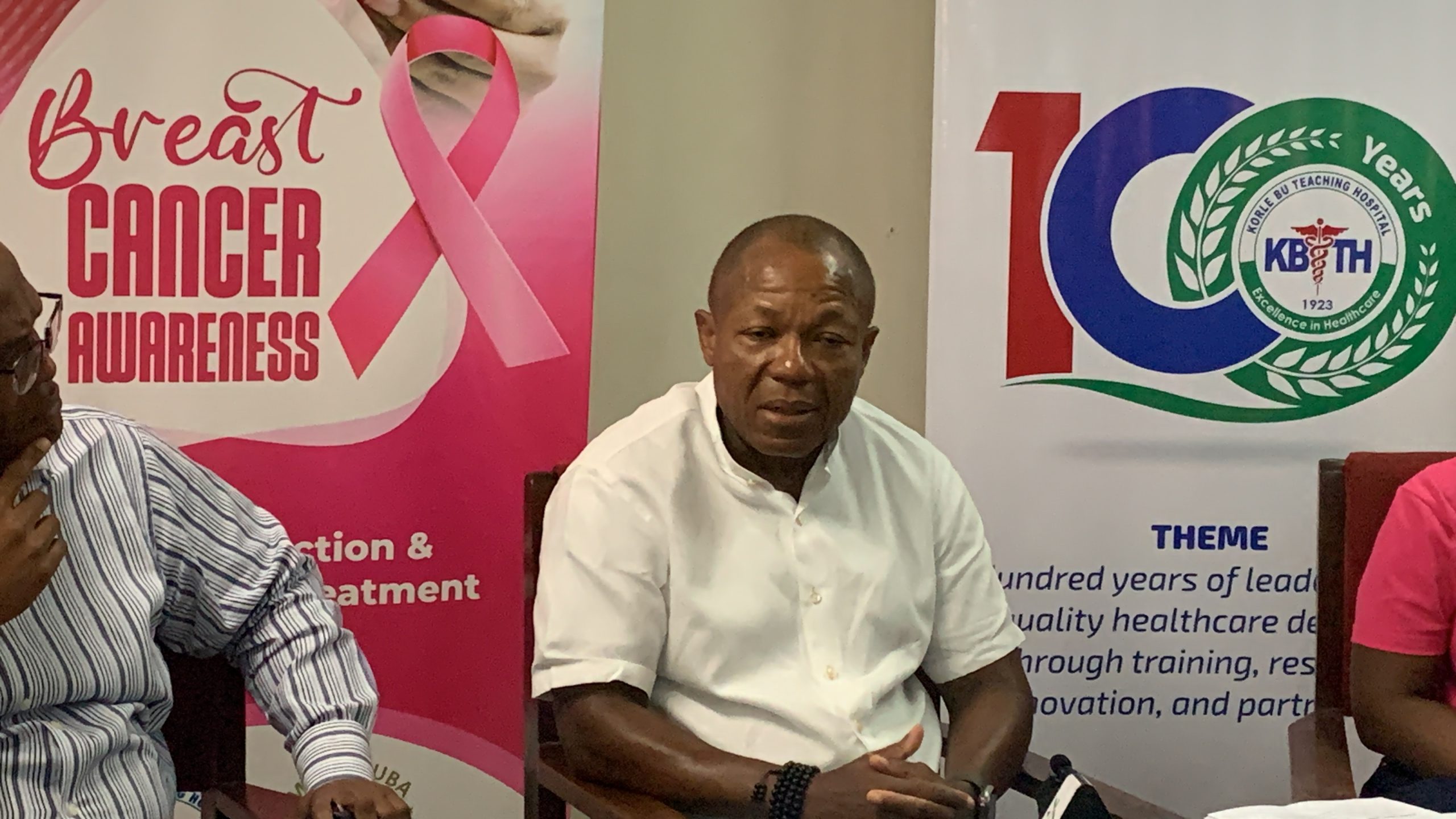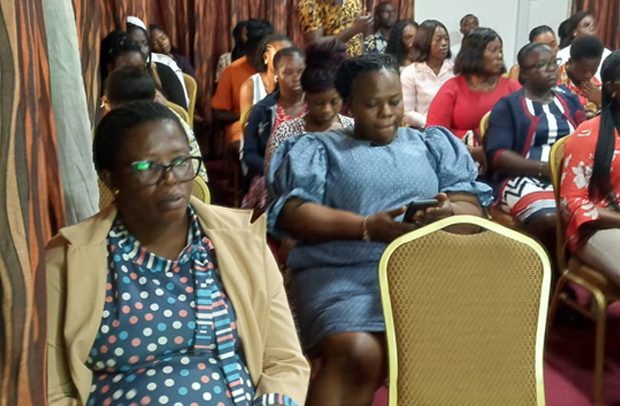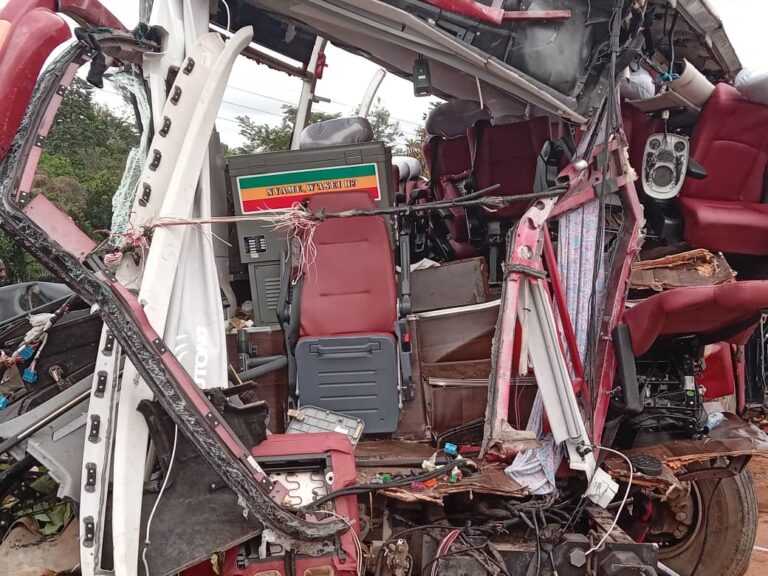
October is Breast Cancer Awareness Month. I will be using materials from the World Health Organisation (WHO) website. The theme for this year is “No-one should face breast cancer alone”.
Breast cancer is the most common cancer globally with around 2.3 million new cases every year. About 655,000 persons die from breast cancer every year. It represents one in eight cancer cases in both sexes and a quarter of all cancers in women with 70 per cent mortality occurring in resource constrained settings. Health system barriers and patient level factors with low levels of awareness and knowledge are contributing to low uptake of early detection services, with resultant late-stage diagnoses and poor outcomes. In many resource-constrained settings, breast cancer affects a relatively younger population significantly contributing to premature mortality and maternal orphans.
WHO-GBCI
The World Health Organisation (WHO) launched the Global Breast Cancer Initiative (GBCI) in 2021 to reduce mortality rates by 2.5 per cent per year by 2040. It is also to save 2.5 million lives through three key pillars of action on health promotion for early detection, timely diagnosis; and comprehensive breast cancer management. The breast cancer awareness month (BCAM) is celebrated globally every October to create awareness about breast cancer. This October we will highlight the importance of early detection, timely diagnosis, comprehensive treatment and the need to provide support for persons with breast cancer.
OBJECTIVES OF GBCI
The objectives of the Global Breast Cancer Initiative (GBCI) are to: 1. Raise Awareness and Drive Behaviour Change; 2. Facilitate Knowledge Sharing and Partnerships; 3. Support National Adoption of WHO’s The Global Breast Cancer Initiative (GBCI): Encourage countries to adopt and implement the Global Breast Cancer Initiative with a focus on early detection, timely diagnosis, and comprehensive care; 4. Promote Patient Support and Address Disparities: Highlight the importance of patient-centred care, including medical, emotional, psychological, and social support through patient navigation systems, while addressing gender and socioeconomic disparities in access to breast cancer care.
GHANA
In low- and middle-income countries the incidence has been rising steadily due to increased life expectancy, changing reproductive patterns (such as later age at first childbirth and less breast-feeding), and the adoption of western lifestyles. One in five new breast cancer cases occur in low and middle income countries with a mortality rate of one in three. Ghana is reported have about 4,500 breast cases every year of with mortality of over 50%. This results from late diagnosis, myths and misconceptions, inadequate information and inadequate access to care. Breast cancer is covered by the National Health Insurance Scheme (NHIS), the public must therefore not wait tillthe cancer gets to its worst stages before seeking care -NHIA.
Early diagnosis remains the cornerstone of breast cancer control. When found early, and if adequate diagnosis and treatment are available, there is a good chance that breast cancer can be cured. If detected late, however, curative treatment is often no longer an option. In such cases, treatment may improve quality of life and delay disease progression, while supportive and palliative care should be readily available to relieve suffering for patients and their families.
RISK FACTORS
Certain factors increase the risk of breast cancer including increasing age, obesity, harmful use of alcohol, family history of breast cancer, history of radiation exposure, reproductive history (such as age that menstrual periods began and age at first pregnancy), tobacco use and postmenopausal hormone therapy. Approximately half of breast cancers develop in women who have no identifiable breast cancer risk factor other than gender (female) and age (over 40 years).
Family history of breast cancer increases the risk of breast cancer, but most women diagnosed with breast cancer do not have a known family history of the disease. Lack of a known family history does not necessarily mean that a woman is at reduced risk.
Certain inherited high penetrance gene mutations greatly increase breast cancer risk, the most dominant being mutations in the genes BRCA1, BRCA2 and PALB-2. Women found to have mutations in these major genes may consider risk reduction strategies such as surgical removal of both breasts. The person that readily comes to mind in this regard is the famous actress, Angelina Jolie. Perhaps we need more of such high-profile persons with breast cancer to step out in Ghana as well.
NATIONAL CANCER PLAN
The fight against breast cancer in Ghana is hampered by myths and misconceptions about the disease which result in late presentation. This issue is identified in the National Cancer Plan. In Ghana most patients (50-70%) present with advanced (stage III and IV) disease, many months (8-10 months) after first noticing a change in their breasts. The biological nature of breast cancers in Ghana confers a poorer prognosis and the delay therefore increases the disease burden.
Breast self-examination should be taught as a means of creating breast cancer awareness and for encouraging early detection of diseases of the breast. This education should start from the age of sixteen and should be taught in all schools. I will take it further to all facets of our society-Religious activities, festivals, the mass media all throughout the year. A combination of role play (drama, power point presentation and questions and answers sessions proved successful in a paper by Nsaful et al. The impact of a breast cancer educational intervention in Ghanaian high schools. BMC Cancer (2022) 22:893.
The important message is to make women report any change in their breast. Breast awareness education should also be combined with education addressing the many misconceptions about breast cancer. Educational messages should emphasize early detection and the importance of having prompt, recommended and adequate treatment. This also reduces the stigma associated with the disease.
Breast self-examination should be done a week after the menstrual periods in pre-menopausal, and on a particular day of each month for postmenopausal women. Clinical Breast Examination should be done every three years for those who are below 35 years of age and once a year for those who are 35 years and above. Mammography would be used for women who are 40 years and above.
POLYPHENOL-RICH FOODS
It needs to be stressed that Carcinogenesis is generally a slow process and often takes decades from tumor initiation to diagnosis, offering a considerable time frame for chemo preventive approaches. Chemoprevention is defined as the use of specific natural (dietary) or synthetic agents to prevent, delay, or slow the carcinogenic process.
The identification of dietary components as potential cancer chemo preventive agents in the form of functional foods or nutraceuticals is deemed highly useful in the prevention of cancers including breast cancer. Polyphenols, natural dietary compounds present in fruits and vegetables, which have attracted a great deal of interest because of their potential ability to act as highly effective chemo preventive agents. Cocoa is an excellent source of polyphenols.
DR. EDWARD O. AMPORFUL
CHIEF PHARMACIST
COCOA CLINIC
The post October, Breast Cancer Awareness Month: No one should face breast cancer alone appeared first on Ghanaian Times.
Read Full Story




















Facebook
Twitter
Pinterest
Instagram
Google+
YouTube
LinkedIn
RSS